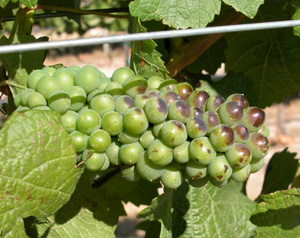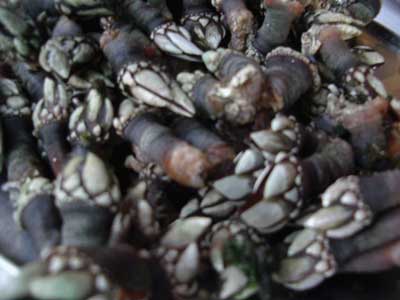Simon Rice of the Iberianature forum and owner of this restored Casa Rabassaire has sent me a comprehesive guide to Catalan food. I’ll be posting this soon on the main site. Meanwhile, here’s Simon introducing Catalan sauces.
“Traditional Catalan cooking is often described as ‘Gothic’, which is just as well as some theorists claim that Catalonia itself descends from the word ‘Gothalonia’ or Land of the Goths. What this refers to, however, is that many Catalan dishes are based not only on old world ingredients, oil, garlic, wine, etc. but have a general gloomy ‘Gothic’ feel due to their dark brown appearance. This is due to the basic sauce element upon which many dishes are built. Indeed many dishes have an architectural quality as they are assembled by the addition of various combinations of pre-made sauces. So here we have the essential key to the cuisine: five sauces, a selection of which, having been made separately, are assembled in differing combinations to make a dish from ingredients indigenous to the region. In contrast, contemporary Catalan cuisine takes these themes and transforms them into culinary fantasies. While taking note of this, and the fact that Catalonia has more Michelin three starred restaurants than anywhere else in Spain, this guide concentrates on traditional aspects.”…
more soon



 A lacha sheep
A lacha sheep
